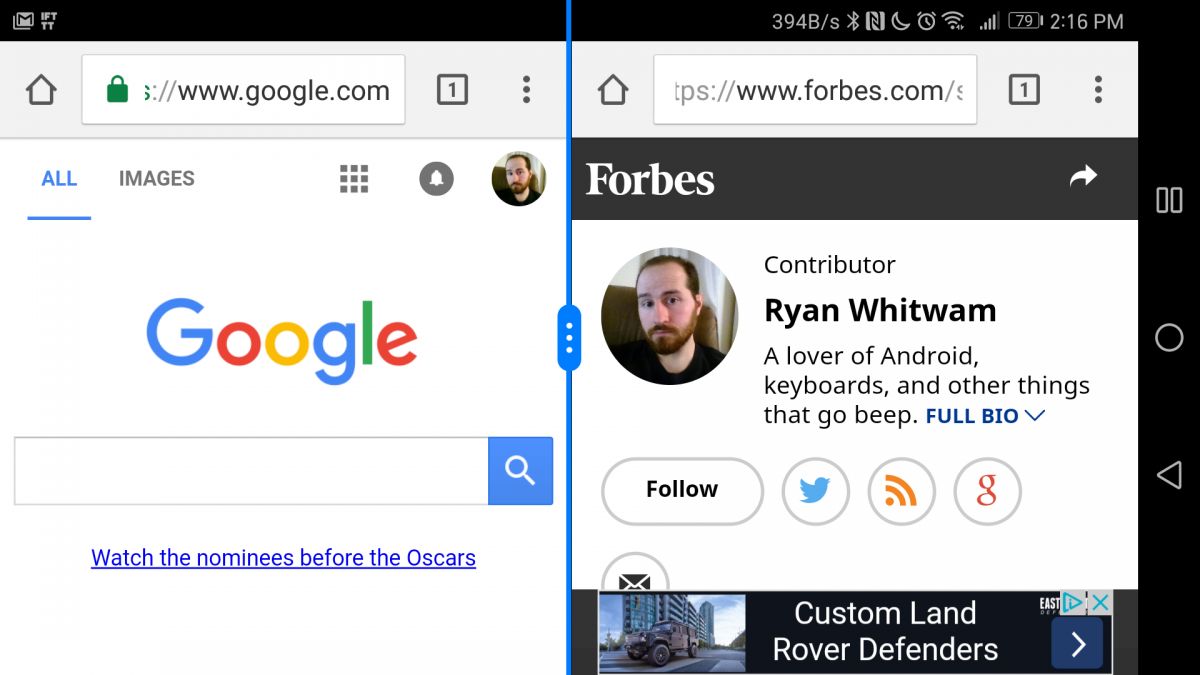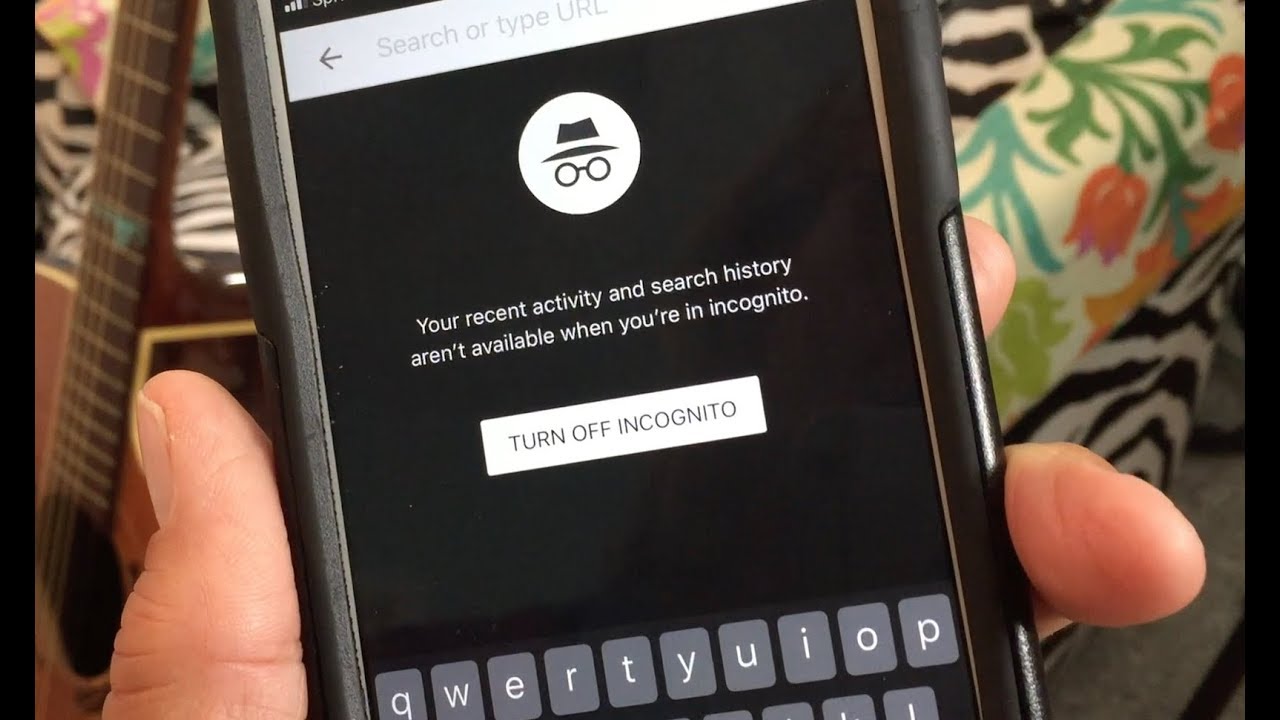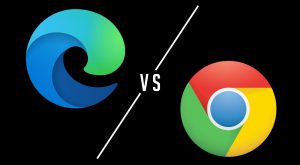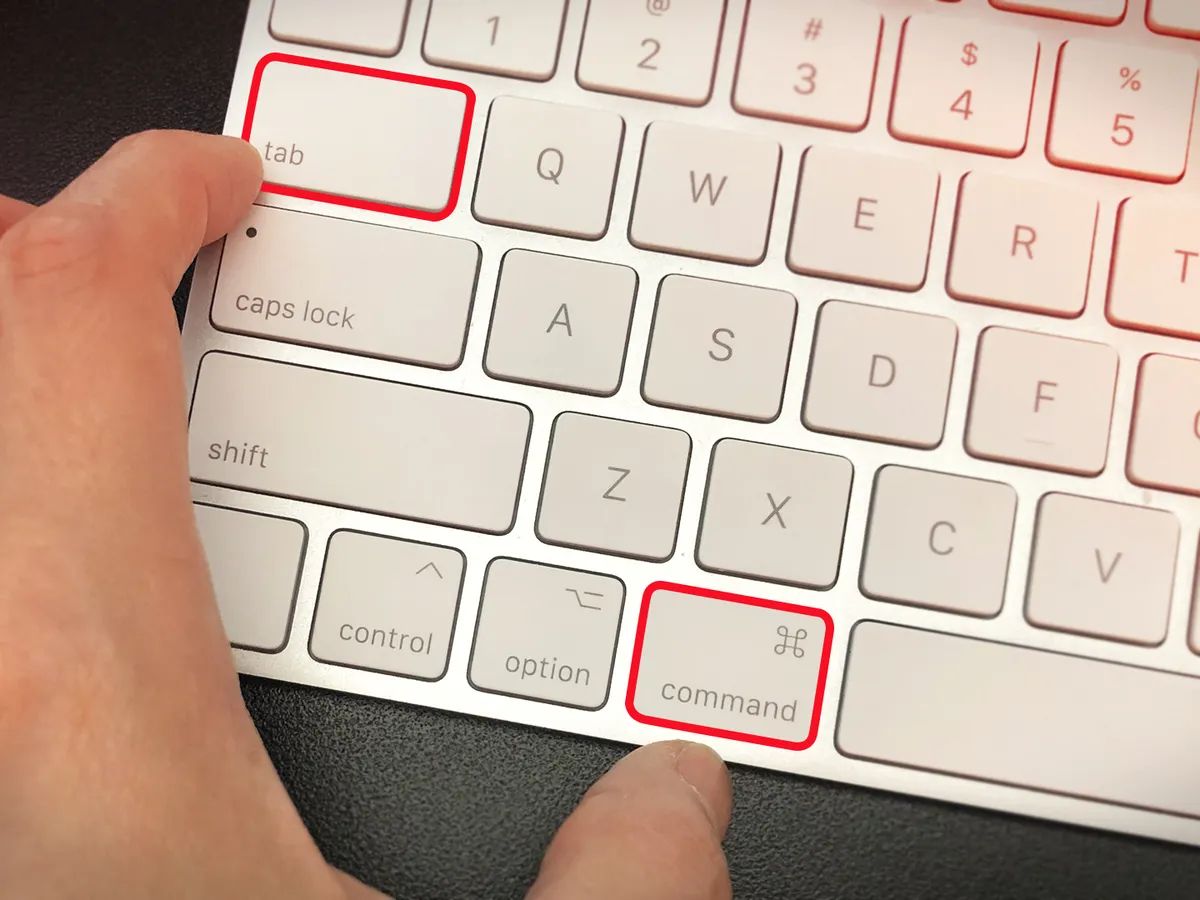Introduction
When browsing the web, the last thing you expect is for two tabs to open unexpectedly in your Chrome browser. It can be quite perplexing and disruptive, especially when you're trying to focus on a specific task or webpage. This phenomenon has left many users scratching their heads, wondering why it occurs and how to prevent it from happening again.
In this article, we will delve into the intriguing world of web browsing and explore the reasons behind the perplexing occurrence of two tabs opening in Chrome. By understanding how Chrome handles links and the potential causes of this issue, we can equip ourselves with the knowledge to troubleshoot and resolve this inconvenience. Additionally, we will explore effective solutions to prevent the unwelcome surprise of multiple tabs opening, ensuring a smoother and more seamless browsing experience for all Chrome users.
So, fasten your seatbelts as we embark on a journey to unravel the mystery of why two tabs open in Chrome and discover the strategies to keep this unexpected behavior at bay. Let's dive into the inner workings of Chrome and uncover the secrets behind this peculiar occurrence.
How Chrome Handles Links
When you click on a link in your Chrome browser, a series of intricate processes are set into motion behind the scenes. Chrome is designed to handle links in a seamless and efficient manner, aiming to provide users with a smooth and responsive browsing experience.
Upon clicking a link, Chrome initiates a process known as link handling. This involves interpreting the URL embedded in the link and determining the appropriate action to take. The URL may lead to a different webpage within the same tab, open a new tab, or trigger a download, depending on its attributes and the user's browsing settings.
Chrome's link handling mechanism is influenced by various factors, including the link's attributes, the user's browser settings, and any extensions or plugins installed. These elements collectively contribute to the behavior exhibited when a link is clicked.
Furthermore, Chrome's tab management system plays a crucial role in how links are handled. Each tab represents a separate instance of a webpage, allowing users to navigate between different sites without losing their place in each individual page. When a link is clicked, Chrome determines whether to open the destination in the current tab or in a new tab, based on predefined rules and user preferences.
It's important to note that Chrome's handling of links can be influenced by user-specific settings and configurations. For instance, users can customize their browsing experience by specifying preferences related to tab behavior, pop-up windows, and link opening methods. These settings can impact how links are processed and displayed, potentially affecting the occurrence of multiple tabs opening unexpectedly.
In essence, Chrome's approach to handling links is a complex interplay of URL interpretation, tab management, user settings, and browser extensions. Understanding these underlying mechanisms is essential in unraveling the mystery of why two tabs may open in Chrome and in devising effective strategies to address this behavior.
By gaining insights into how Chrome manages links, users can develop a deeper understanding of the browser's behavior and make informed decisions to optimize their browsing experience. This knowledge serves as a foundation for troubleshooting and resolving issues related to link handling, ultimately contributing to a more seamless and enjoyable web browsing journey.
Possible Causes of Two Tabs Opening
-
Extension Interference: Browser extensions, while offering valuable functionalities, can sometimes clash with Chrome's native behavior, leading to unexpected outcomes. Certain extensions may inadvertently trigger the opening of multiple tabs when links are clicked. This can occur due to conflicts between extension features and Chrome's link handling mechanisms.
-
Javascript Events: Websites often utilize Javascript to enhance user interactions and dynamic content loading. However, poorly implemented or conflicting Javascript events can result in the unintended opening of multiple tabs. This can occur when a website's scripts trigger the execution of link-related events in a manner that leads to the simultaneous opening of additional tabs.
-
Pop-up Handling: Chrome's pop-up handling settings play a pivotal role in managing new window and tab behaviors. In some cases, websites may attempt to open new tabs as pop-ups, and if the browser's pop-up handling settings are not configured optimally, this can result in the unexpected opening of multiple tabs.
-
User Input Errors: In certain scenarios, users may inadvertently trigger the opening of multiple tabs through unintentional actions such as double-clicking on a link or inadvertently pressing the middle mouse button while clicking a link. These user input errors can lead to the unintended duplication of tabs.
-
Malicious Scripts or Links: In rare instances, malicious scripts embedded within websites or links can exploit vulnerabilities in the browser, causing the simultaneous opening of multiple tabs. Such scripts may attempt to initiate unauthorized actions, including the unauthorized opening of additional tabs, as part of a broader security threat.
-
Browser Settings and Configurations: Customized browser settings and configurations, including those related to tab behavior and link handling, can inadvertently contribute to the occurrence of multiple tabs opening. Misconfigured settings or conflicting preferences may lead to unexpected tab duplication when links are accessed.
Understanding these potential causes provides valuable insights into the intricate factors that can contribute to the unexpected behavior of two tabs opening in Chrome. By identifying and addressing these underlying causes, users can take proactive measures to mitigate the occurrence of multiple tabs opening, thereby enhancing their browsing experience and minimizing disruptions during web navigation.
Solutions to Prevent Two Tabs from Opening
Addressing the issue of two tabs opening unexpectedly in Chrome requires a strategic approach that encompasses various aspects of browser behavior, settings, and user interactions. By implementing targeted solutions, users can effectively mitigate the occurrence of multiple tabs opening, ensuring a smoother and more predictable browsing experience. Here are several actionable strategies to prevent the unwelcome surprise of two tabs opening in Chrome:
-
Extension Management: Evaluate and manage browser extensions to identify any potential conflicts or unintended behaviors. Disable or remove extensions that have been observed to trigger the opening of multiple tabs. Additionally, consider selectively enabling extensions based on their necessity and reliability, ensuring that only trusted and essential extensions are active.
-
Javascript Handling: Configure Chrome's Javascript settings to optimize the handling of dynamic content and user interactions. Ensure that Javascript execution is streamlined and does not lead to the unintended opening of multiple tabs. This can be achieved by adjusting Chrome's content settings and script permissions to align with trusted and well-maintained websites.
-
Pop-up Settings: Review and customize Chrome's pop-up handling settings to effectively manage new window and tab behaviors. By specifying preferences for pop-ups and redirects, users can prevent websites from triggering the simultaneous opening of multiple tabs. Adjusting these settings to strike a balance between usability and security can significantly reduce the occurrence of unexpected tab duplication.
-
User Awareness and Input: Educate users about best practices for interacting with links and navigating web content. Encourage users to exercise caution when clicking on links and to avoid unintentional actions that may lead to the duplication of tabs. By promoting awareness of common user input errors that can trigger multiple tab openings, users can proactively minimize such occurrences.
-
Security Measures: Prioritize browser and system security by regularly updating Chrome to the latest version and maintaining robust security software. By staying vigilant against potential security threats, including malicious scripts or links, users can fortify their defenses against unauthorized actions that may result in the simultaneous opening of multiple tabs.
-
Browser Configuration Review: Conduct a comprehensive review of Chrome's settings and configurations, paying particular attention to tab management and link handling preferences. Ensure that these settings align with user expectations and browsing habits, minimizing the likelihood of unexpected tab behavior. Adjusting browser configurations to reflect user preferences can contribute to a more tailored and predictable browsing experience.
By implementing these solutions, users can proactively address the issue of two tabs opening in Chrome, fostering a more controlled and seamless browsing environment. Through a combination of strategic adjustments, user education, and security measures, users can effectively prevent the unexpected duplication of tabs, empowering them to navigate the web with confidence and predictability.
Conclusion
In conclusion, the unexpected occurrence of two tabs opening in Chrome can be attributed to a variety of factors, including extension interference, Javascript events, pop-up handling, user input errors, malicious scripts or links, and browser settings and configurations. Understanding these potential causes provides valuable insights into the intricate factors that can contribute to this perplexing behavior.
By delving into the inner workings of Chrome's link handling mechanisms and exploring the interplay of user settings, extensions, and website interactions, users can gain a deeper understanding of the underlying reasons behind the simultaneous opening of multiple tabs. This knowledge serves as a foundation for troubleshooting and implementing effective solutions to prevent this unexpected behavior.
To address this issue, users can take proactive measures such as managing browser extensions, configuring Javascript handling, customizing pop-up settings, promoting user awareness and input best practices, prioritizing security measures, and conducting a comprehensive review of browser configurations. By implementing these targeted solutions, users can mitigate the occurrence of two tabs opening unexpectedly, fostering a more controlled and seamless browsing experience.
Ultimately, by equipping themselves with a comprehensive understanding of Chrome's link handling processes and the potential causes of unexpected tab behavior, users can navigate the web with confidence and predictability. Through a combination of strategic adjustments, user education, and security measures, users can effectively prevent the unwelcome surprise of multiple tabs opening, ensuring a smoother and more enjoyable browsing journey.
As technology continues to evolve, staying informed about browser behaviors and adopting proactive strategies to address unexpected occurrences is essential for optimizing the web browsing experience. By leveraging knowledge and implementing targeted solutions, users can navigate Chrome with greater ease, minimizing disruptions and enhancing their overall browsing satisfaction.

























